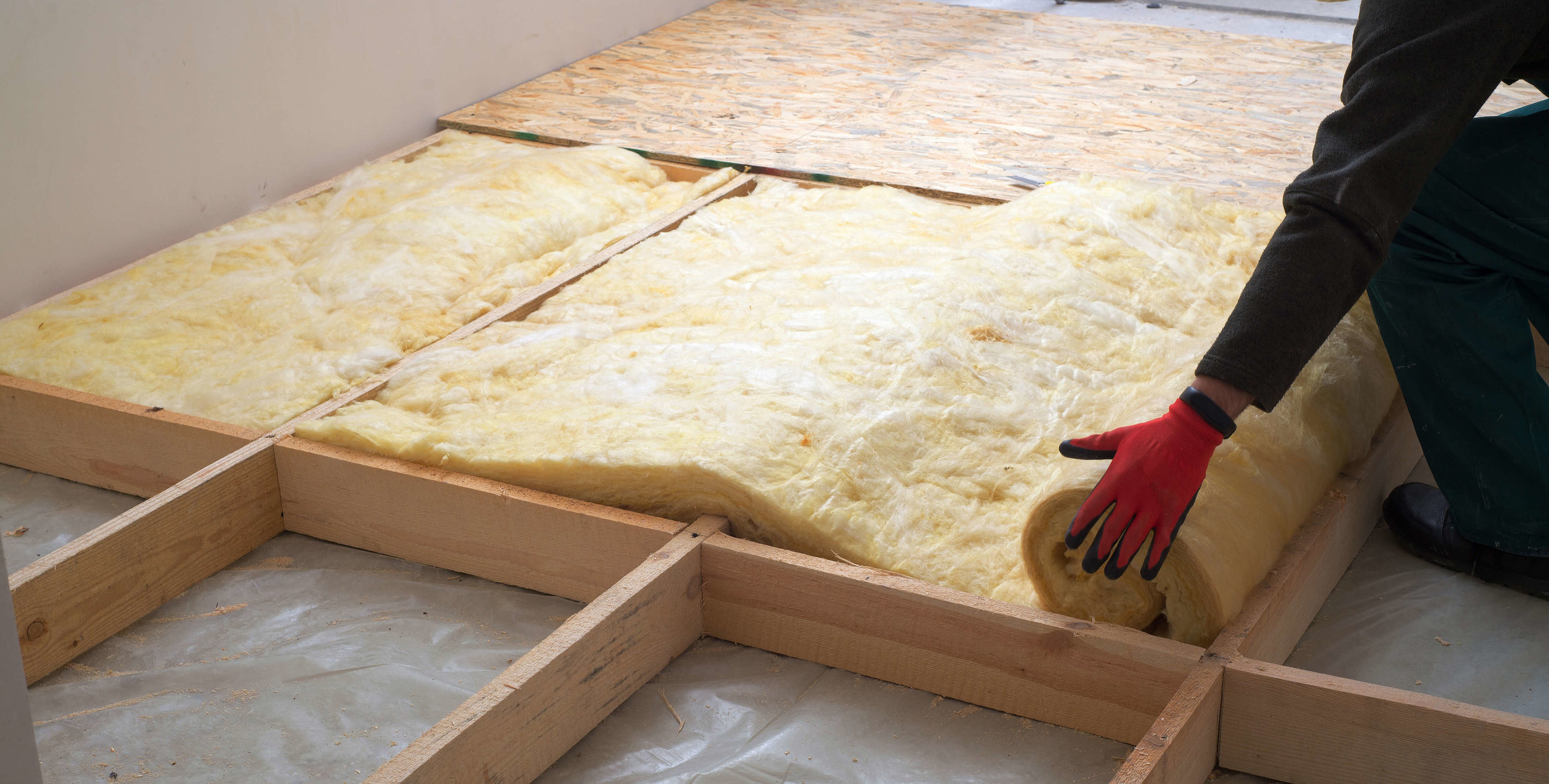Home Improvement Projects That Pay it Forward, (and some that don't...)
Deciding which home improvement projects to invest in can be challenging. The best changes will not only pay off in recovery of money spent but increase a home’s value for future sales. Moreover, considering an 80/20 return and loss at resale, a shrewd choice might be to seek a buy-sale again, before getting too rowdy on “demo-day.” Unsure what to do? We always have time to discuss what the best real estate option for you or for anyone you refer to us. Feel free to give us a ring! But in the meanwhile, here is our two cents on home improvement projects that pay it forward, and those that don’t.
An updated kitchen is a typical want for potential buyers.
Projects with Returns
1. Kitchen Renovation – As we’ve seen it, updated kitchens are a typical want on buyers’ hot sheets. However, replacing flooring, cabinetry, counter tops, and appliances for new features are neither inexpensive or quick projects. Nonetheless, despite upfront costs, when remodeling a kitchen, there is more likely to be a recovery of a large percentage of expenses at resale. Consider also, that major projects might not be necessary. A fresh coat of paint, new floor coverings, or hardware might do the trick, especially in a fast-paced transaction. Safe and responsible updates include neutral colors, plenty of space both for storage and counter space, new light fixtures, and energy-efficient appliances.
2. Bathroom Addition – Somewhere between two to three bathrooms is typical in most Portland neighborhoods— less for older homes. An additional bath can elevate your home for greater convenience and increase possibility among buyers. Give an existing bathroom a little love, and there is return in value and marketability. Minimal changes such as neutral paint, good lighting, large mirrors, and storage are fool-proof for elevating existing bathrooms, especially in an older home.
3. Room Addition – An additional room is beneficial if your home exists in a neighborhood with similar standards of capacity. Master suites, family rooms, and sunrooms are current and marketable. Like any addition, consider the location and accessibility of additional space and what makes the most sense for a home’s “flow.”
4. Deck or Patio Addition – Decks and patios are cost-effective features that extend indoor life, to the outdoors. Envision family game nights, barbecues, and backyard birthday parties by adding a deck or patio off of a living area (i.e., family room, kitchen, or dining room). Choose between pressure-treated wood, cedar or redwood for cost-effectiveness and benefits such as insect and rot resistance.
Insulation is a great way to make your home more energy efficient, especially during the cold winter months.
5. Energy Efficient Improvement – Projects that improve energy efficiency, both big and small, are quality investments for any home. Not only will your bills decrease, but your home’s value could increase at sale. Some of the few changes to add or upgraded include caulking and weather-stripping around drafty doors and windows, attic insulation, and set-back thermostats. Additionally, heat-reflecting awnings or shades, water-heater insulation, ceiling fans, and proper heating/cooling maintenance are modest updates, if done correctly.
Projects to Go Without
1. Over-Improvements – Do your research; consider your home’s value as a bell curve. If the costs of your remodeling project added to the current market value of your home are 20% more than average neighboring home values, don’t expect to see your expenses returned during a transaction. Avoid this frustrating and expensive mistake by getting a comparative market analysis to learn more about your home and neighborhood’s range of value. Smart investments are a result of thorough research.
2. High-Cost, Single-Use – Again, use discretion before undertaking high-cost projects with dicey odds of value. Additions such as swimming pools or personal sports courts might be advantageous for you, but buyers are sometimes reluctant to invest in high-maintenance features that expend cost. Of course, the personal advantages might outweigh the cost-risk, or the right buyers might come along eventually, but if you’re looking to recover your investment, consider initially investing in practical, polished projects.
While you may love it, potential buyers may avoid your home if the exterior is too different from their taste.
3. Eccentric Curb Appeal – Perhaps you favor the unconventional, or you’ve always pictured living in a pink stucco home, a gingerbread cottage. To each their own! If your overall home gives a quality of incompatibility— say, a gingerbread ranch or a pink stucco Victorian? — buyers might be few and far between when you go to sell. Look for stylistic comprise that doesn’t define a home entirely.
4. Inappropriate Interior Features – Once again, consider that personal preference might interfere with resale sense, which mostly encourages a buyer to envision themselves in the space. If you’re comfortable waiting or finding individuals that appreciate the individualism you have put into your home, don’t shy from what is yours. A compromise to chew on is doubling expenses for installing personal features and replacing styles when you’re ready to sell.
5. Elaborate Landscaping – Much like high-maintenance features, a high-maintenance garden could be another owner’s, gulp, nuisance. Before you grab your pitchforks or garden shears, contemplate that the hard-working hours put into maintaining flower beds and shrubbery require careful attention, even professional care. Attention to gardening might not be in future buyers’ interest, and planning for clean easy-care landscaping can increase a home’s value, and curb appeal.
As your real estate consultants, we’re happy to share with you our knowledge and professional referrals for tackling a remodel. You might be astonished to find that to sell and buy again could be a lower hurdle to clear than a major home improvement. At any time, we’re at your disposal to put you in touch with trusted service providers, go over your home’s market value, and get you closer to meeting your real estate goals.




